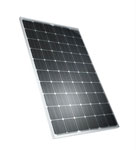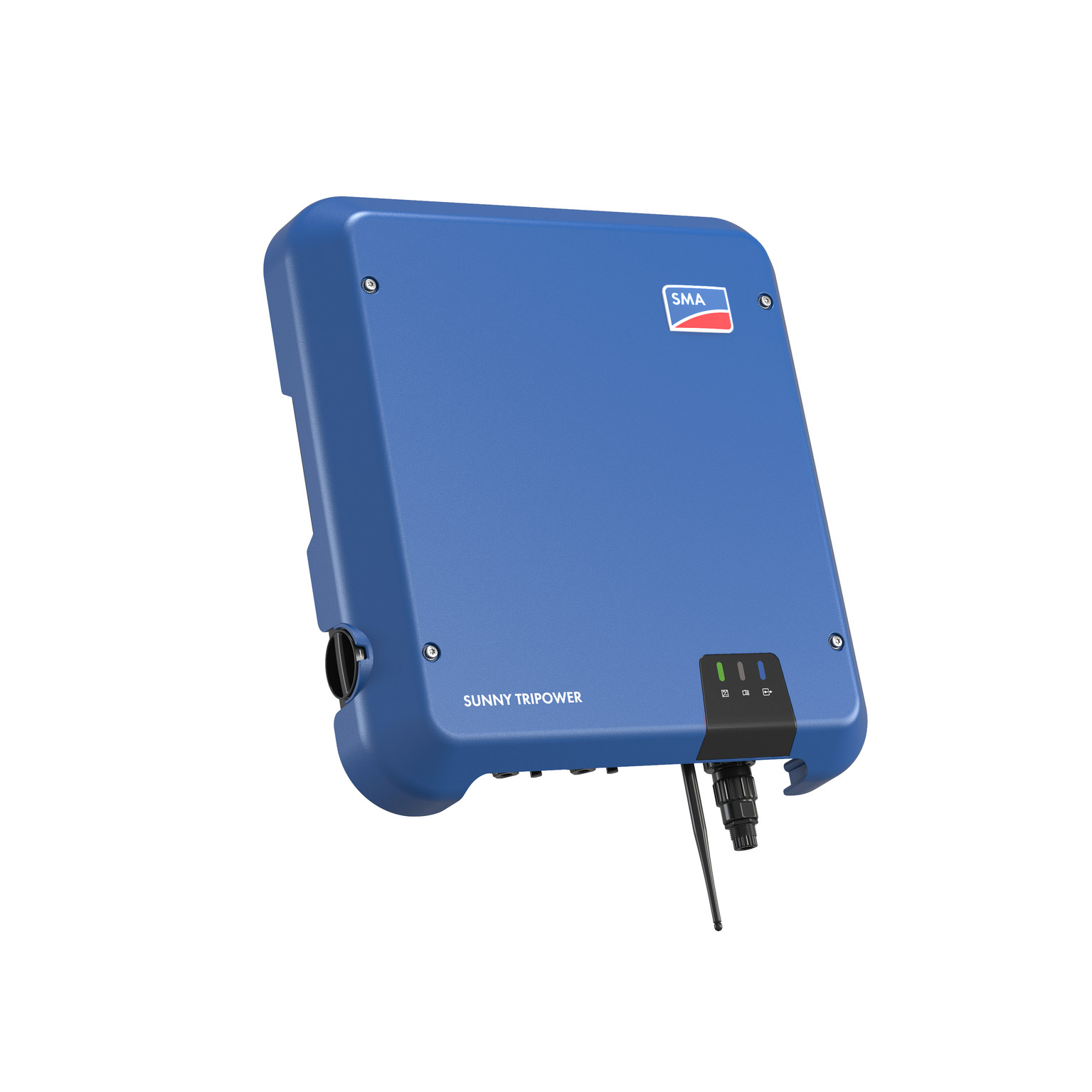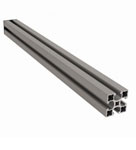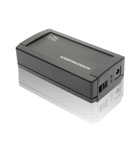Solar Energy
How it works
Solar energy panels absorb the sun’s solar energy and via the inverter converting it into electrical energy that can be used throughout your home or office. Any excess energy is returned to the grid and gains a small payment, called the Feed in Tariff (FIT).
The solar panels on your roof generate the solar energy as Direct Current (DC) electricity, this DC current is then converted to Alternating Current (AC) via the inverter solution so it can be used throughout your house or business. Specific monitoring systems can also be added to measure energy usage, including how much energy is sent to the grid and other useful consumption information.

Benefits
Components of a Solar Energy System
1. Solar Panels
2. Inverter
3. Mounting Frames
4. Cabling and Safety Switches
Solar Energy
How do the Components work together
Solar Panels collect the Sun’s Energy
Solar Panels commonly known as photovoltaic (PV) modules are made of special semi-conductors, which collect solar energy from the sun and generate direct current (DC) electricity, directly converting light into electricity.
Solar Inverters convert DC to AC
PV inverters transform the direct current (DC) collected by the panels into alternating current (AC) so it can readily be used in your home or returned to the energy grid. This process is known as “inversion” and is achieved via solid state switches that transform the DC to AC current.
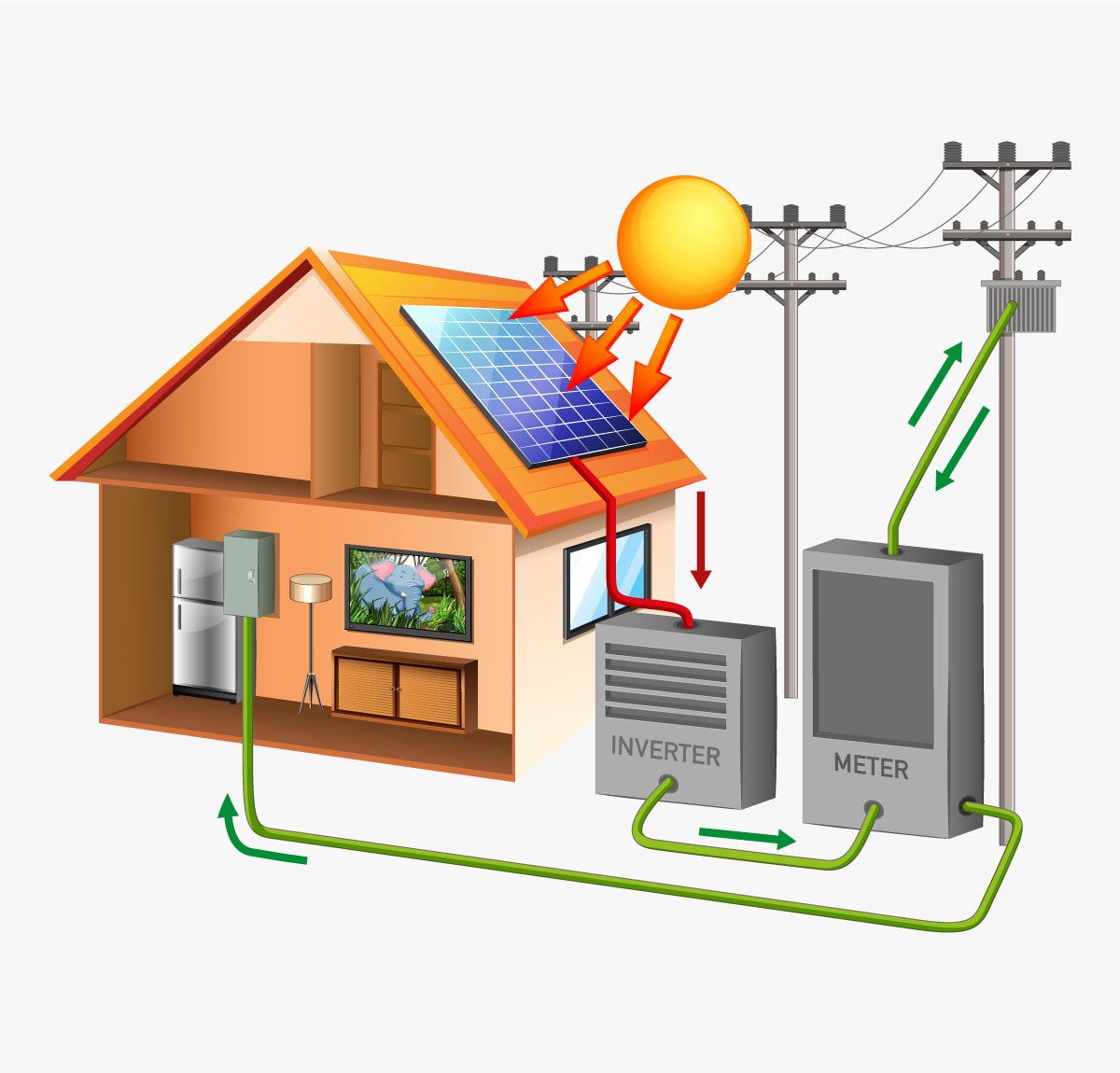
What can the Solar Energy be used for?
Our homes are hubs of constant energy use, powering everything from the morning coffee brewed in the electric kettle to the evening movie watched on the flat screen. A complex yet essential network, residential energy flows through a variety of appliances, from refrigerators and washing machines to lighting systems and computers. Heating and cooling systems, including air conditioners and heat pumps, play a crucial role in maintaining comfortable temperatures, while invisible forces like ventilation fans ensure proper air quality. Even the standby power drawn by electronics waiting to be used contributes to the overall energy consumption of a modern home.
Understanding how energy is utilised within these walls empowers us to make informed choices about our appliances, habits, and even the construction of our dwellings, allowing us to create a more sustainable and cost-effective living environment.
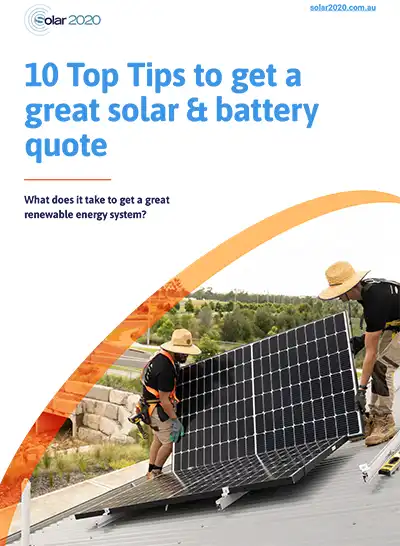
Free Solar & Battery E-Book
10 Top Tips to get a great solar & battery quote
This detailed guide has been prepared using our over 10+ years of industry experience. It gives you a great overviews of the key factors to consider in your purchasing decision.
Download your free 20 page E-Book with 10 of the best helpful solar purchasing hints. No Catch. Why? Because solar is a long term investment and we care about what we do and by providing important information to everyone that they can make the best solar & battery choice!

